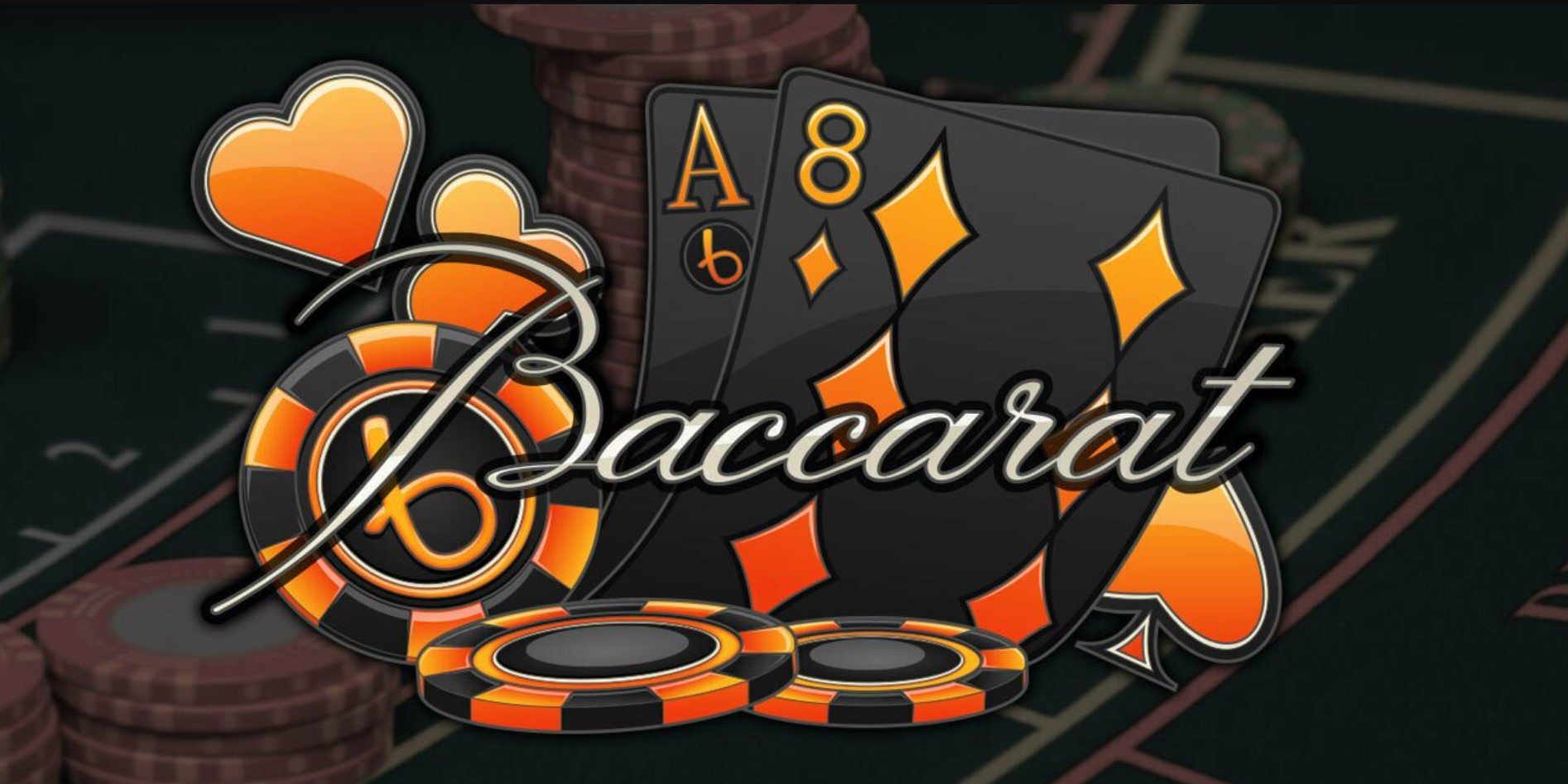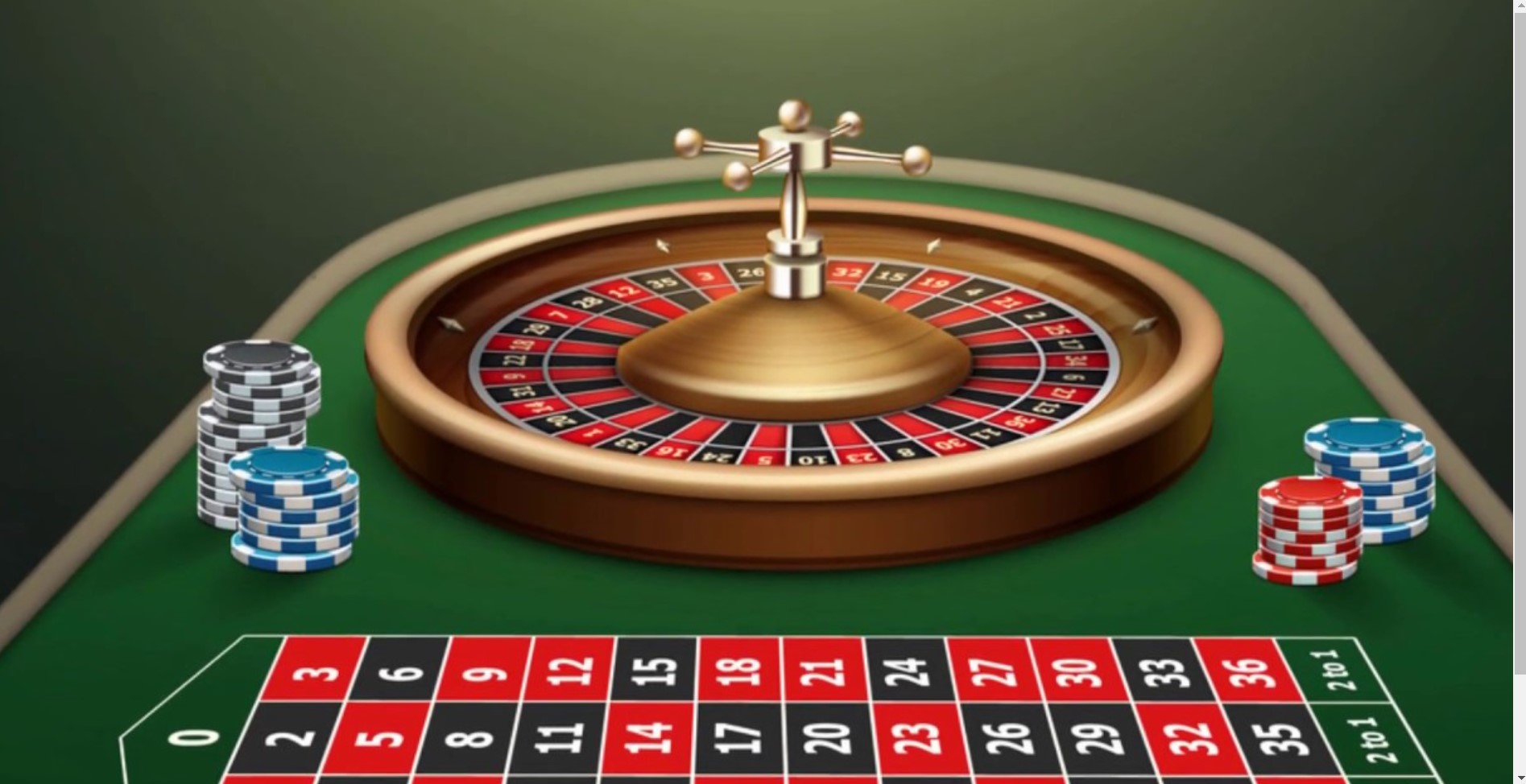Baccarat is a classic casino game that has captured the hearts of gamblers worldwide. Its elegant and straightforward gameplay makes it a favorite among both seasoned players and newcomers to the casino scene. In this comprehensive article, we will delve into the various types of baccarat and explore the key differences that set them apart. So, if you’re ready to unravel the secrets of this intriguing card game, let’s dive right in.
Understanding the Basics of Baccarat
Before we explore the different types of baccarat, it’s essential to have a solid grasp of the game’s fundamentals. Baccarat is a card game played between two hands, the “player” and the “banker.” Players place bets on which hand will have a higher total value or if the outcome will be a tie. The game primarily revolves around three popular variations:
1. Punto Banco (North American Baccarat)
Punto Banco, also known as North American Baccarat, is the most widely played version of the game. Here’s what makes it unique:
· High Stakes and Glamour
- Punto Banco is often associated with high-stakes gambling and is a favorite in elite casinos. The game exudes an air of glamour and sophistication.
· Fixed Rules
- One of the defining features of Punto Banco is its fixed set of rules. Players have limited decision-making power, making it an excellent choice for those who prefer a straightforward gaming experience.
2. Chemin de Fer (European Baccarat)
| Feature | Description |
| Name | Chemin de Fer (European Baccarat) |
| Gameplay Experience | Offers a more interactive and strategic gameplay experience. |
| Player as the Banker | In this version, players take turns being the banker. This dynamic adds an element of strategy as participants can employ tactics to outwit their opponents. |
| Flexible Rules | Compared to Punto Banco, Chemin de Fer has more flexible rules, allowing players to make decisions such as standing or drawing additional cards. |
Chemin de Fer, also known as European Baccarat, stands out for its interactive nature, where players can take on the role of the banker and employ strategic tactics to enhance their gameplay. Additionally, its flexible rules make it a more dynamic and engaging variant compared to other baccarat versions.
3. Baccarat Banque
Baccarat Banque, another European variation of the classic card game, distinguishes itself with its unique features. One prominent difference is the concept of a fixed banker position. In contrast to Chemin de Fer, where players take turns as the banker, Baccarat Banque designates a permanent banker. This characteristic adds a sense of stability to the gameplay, as the banker’s role remains consistent throughout the session, allowing players to develop strategies based on this setup.
Furthermore, Baccarat Banque is known for its higher stakes. This version often attracts high rollers and those who crave the adrenaline rush of bigger bets. With elevated betting limits, players have the opportunity to wager more significant amounts, potentially leading to substantial rewards. The combination of fixed banker positions and higher stakes creates an exciting and competitive atmosphere, making Baccarat Banque a preferred choice for those seeking elevated thrills in their gaming experience.
In summary, Baccarat Banque offers a unique twist on the traditional baccarat gameplay. Its fixed banker position and higher betting limits make it an enticing option for players who appreciate stability and are eager to test their luck with larger bets. This version adds an extra layer of excitement to the world of baccarat, attracting both seasoned players and those looking for a more exhilarating casino experience.
Key Differences Between Baccarat Types
Now that we’ve explored the three primary types of baccarat let’s delve deeper into the key differences that set them apart:
1. Betting Structure
- Punto Banco: Players bet on the “player,” “banker,” or a “tie.”
- Chemin de Fer: Players bet against each other, taking turns as the banker.
- Baccarat Banque: Players bet against the house, with a fixed banker position.
2. Decision-Making
- Punto Banco: Limited player decisions; follows fixed rules.
- Chemin de Fer: Players have more control, making strategic decisions.
- Baccarat Banque: Combines elements of both fixed rules and player decisions.
3. Stakes and Ambiance
- Punto Banco: High stakes and a glamorous casino atmosphere.
- Chemin de Fer: Interactive and strategic gameplay with a competitive edge.
- Baccarat Banque: Higher betting limits and a mix of fixed and flexible rules.
In conclusion, baccarat offers a fascinating array of gameplay experiences, each catering to different preferences and strategies. Whether you’re drawn to the glitz and glamour of Punto Banco, the strategic depth of Chemin de Fer, or the high stakes of Baccarat Banque, there’s a baccarat variant for everyone.
Frequently Asked Questions
1. Is baccarat a game of skill or luck?
Baccarat is primarily a game of chance, as the outcome relies heavily on the cards dealt. However, some versions, like Chemin de Fer, allow for strategic decision-making.
2. What is the house edge in baccarat?
The house edge in baccarat varies depending on the type of bet. Generally, the banker bet has a lower house edge, making it a favorable choice for players.
3. Can I play baccarat online?
Yes, most online casinos offer baccarat games, allowing you to enjoy the excitement of this classic card game from the comfort of your home.
4. Are there any betting strategies for baccarat?
While there are various betting strategies, baccarat’s outcome is still largely random. It’s essential to gamble responsibly and set a budget.
5. Where can I learn more about baccarat strategies?
You can find numerous books, articles, and online resources that delve into baccarat strategies. However, remember that no strategy can guarantee a win in this game of chance.




